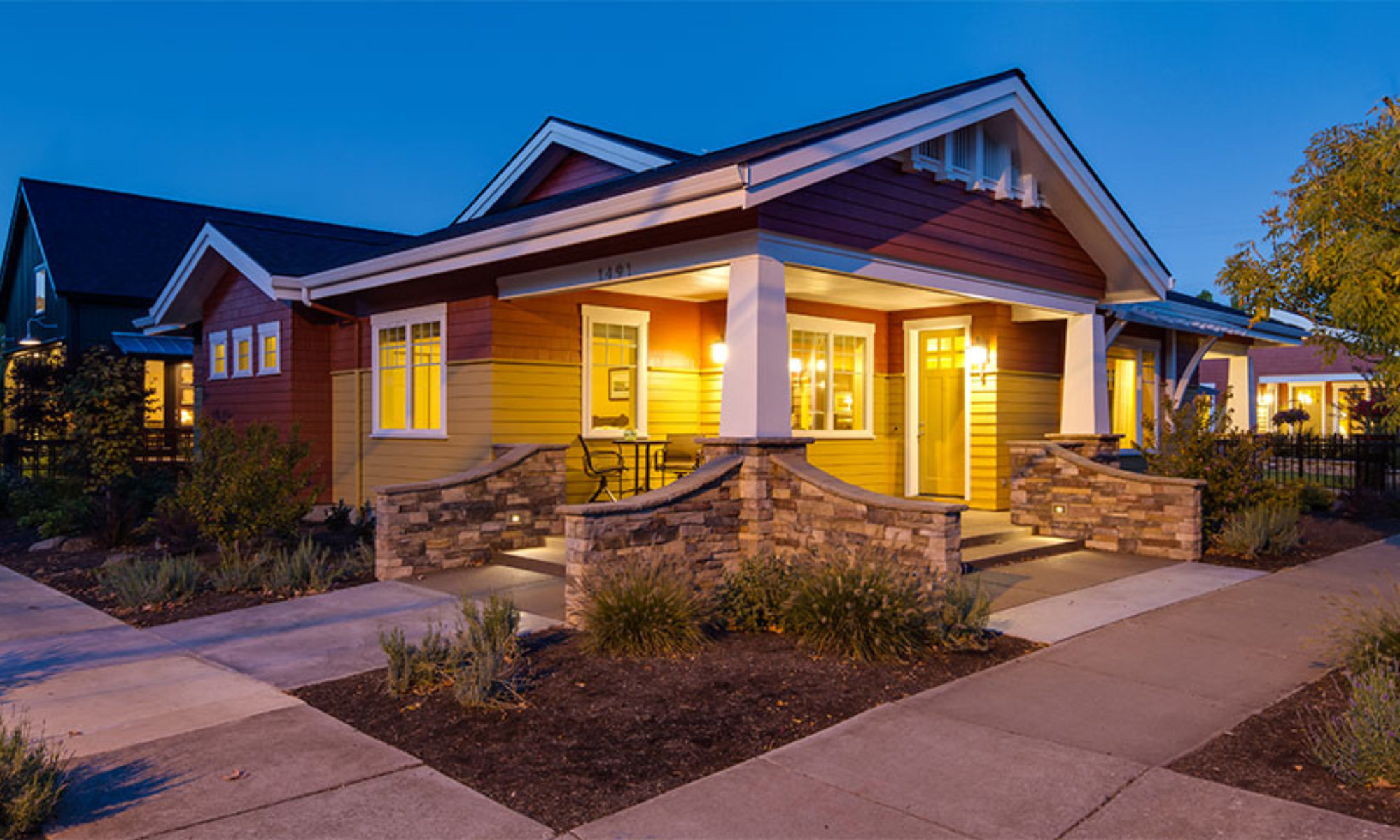 My wife and I recently returned from a week and a half trip to Cambodia. We went with a team from our church to work on helping to build a church in a village near Takeo as well as paint at a school near the same village.
My wife and I recently returned from a week and a half trip to Cambodia. We went with a team from our church to work on helping to build a church in a village near Takeo as well as paint at a school near the same village.
While there, we accomplished quite a lot for 13 people, but the work was back-breaking (the building project) and tedious (the painting project.) During our few days working, we found ourselves saying things like “all we really need is a back hoe” or “an air compressor and paint sprayer would sure make this go faster and easier.”
Yet a simple comment from the missionary we know there gave me pause and created some contemplation. His remark was “Yes, but with that, you’d probably have just put about 5 or 6 Cambodian people out of work.” As I thought about that, I thought about my desire to live a simpler, more sustainable lifestyle.
Maybe all our time-saving devices aren’t necessarily the best things for us. Things like styrofoam cups are easy, disposable and cheap. But a glass cup is more durable and better for the environment (even if we have to wash it each time.) Disposable diapers are easy, but are clogging up landfills. What would happen in our society if we went back to returnable, washable milk bottles? We’d create (or restore) a whole segment of industry that we’ve lost.
And I think we’d restore some of the relational connections that we’ve lost with technology. We Facebook our friends, but how often do we actually meet them in person for coffee? Or lunch? Or dinner?
As my team in Cambodia was painting shutters, we had some very wonderful times of conversation. Talking, philosophizing, getting to know each other better. Did it take longer? Yes. Was it worth it? Absolutely.
Maybe as we live our lives, we should consider the face-to-face relational things more. Seems like it would help us politically in our Country (that’s a whole other post…) as well as with our desire to live a simpler, more sustainable lifestyle. I encourage you as you Facebook that friend, to see if they want to get together for coffee. Live. In person.
I think you’ll be glad you did.








